When embarking on a woodworking project, the importance of selecting the right cabinet plywood cannot be overstated. According to the American Plywood Association, the plywood industry has seen a notable growth rate of 3% annually, reflecting the increasing demand for high-quality material in cabinetry. As homeowners and builders alike seek durability and aesthetic appeal, understanding the nuances of cabinet plywood becomes essential. The choice of plywood not only affects the structural integrity of the cabinets but also the overall finish and longevity of the furniture. With an array of types, grades, and finishes available, making an informed decision can significantly elevate the quality of your project. This blog will explore the seven best tips for choosing the right cabinet plywood, helping you navigate through the myriad of options and ensuring that your woodworking endeavor stands the test of time.
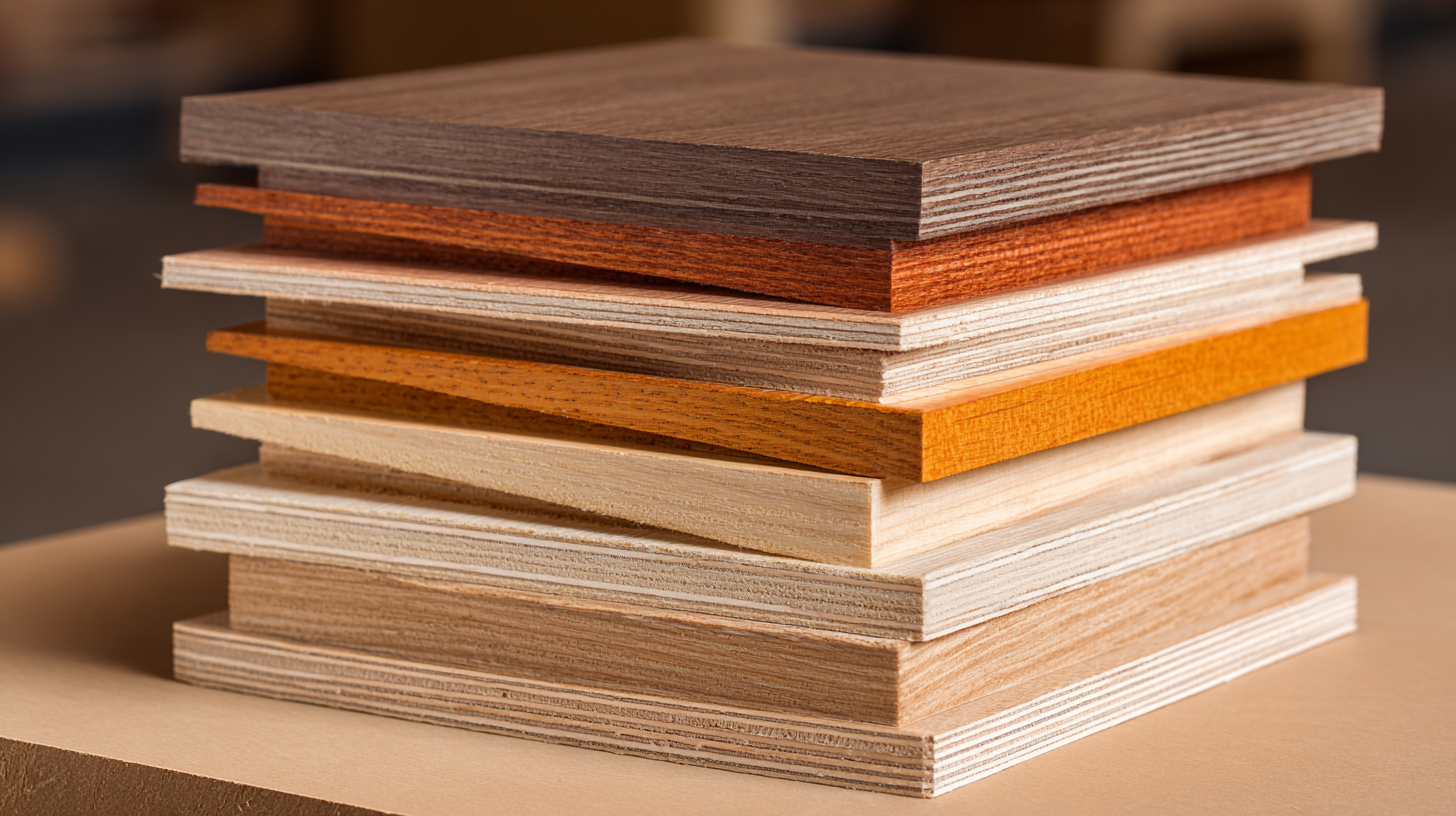
When embarking on a cabinet-making project, understanding the different types of plywood available is essential to achieving the desired outcome. Plywood is a versatile material, composed of multiple layers of veneer glued together, providing strength and durability.
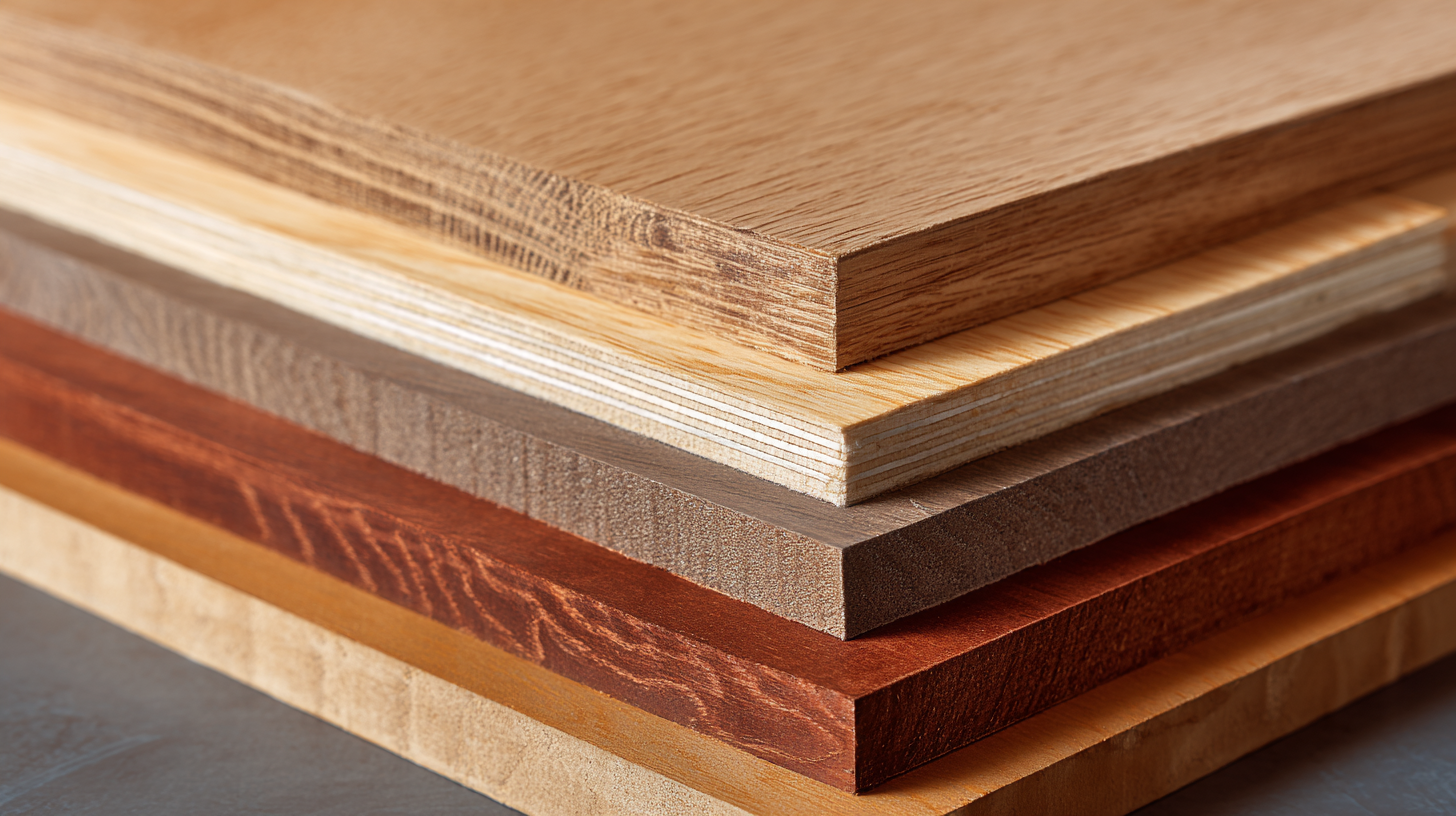
The first type to consider is interior plywood, specifically designed for indoor use. This option is ideal for cabinets located in dry environments, as it offers a smooth finish and is typically less expensive than other types.
Another key type is exterior plywood, designed to withstand moisture and varying weather conditions. This makes it suitable for outdoor cabinets or those in humid areas. Additionally, hardwood plywood presents an attractive option due to its aesthetic appeal, using thin layers of high-quality hardwood veneers. While it can be more costly, it lends a sophisticated look to any cabinetry.
Lastly, consider the grade of plywood, as it can affect both appearance and performance. Higher grades have fewer imperfections and are better for visible surfaces, while lower grades can be used for hidden areas.
When it comes to selecting plywood for your cabinets, assessing the right thickness is crucial for both structural integrity and design aesthetics. Plywood thickness typically ranges from 1/4 inch to 3/4 inch, and your choice should depend on the specific application within your cabinet layout. For example, if you are constructing cabinet doors or shelves that will bear weight, opting for thicker plywood, such as 3/4 inch, is advisable to ensure durability and strength. Conversely, for decorative panels or interior linings, a thinner plywood, like 1/4 inch, can be sufficient while also reducing weight and costs.
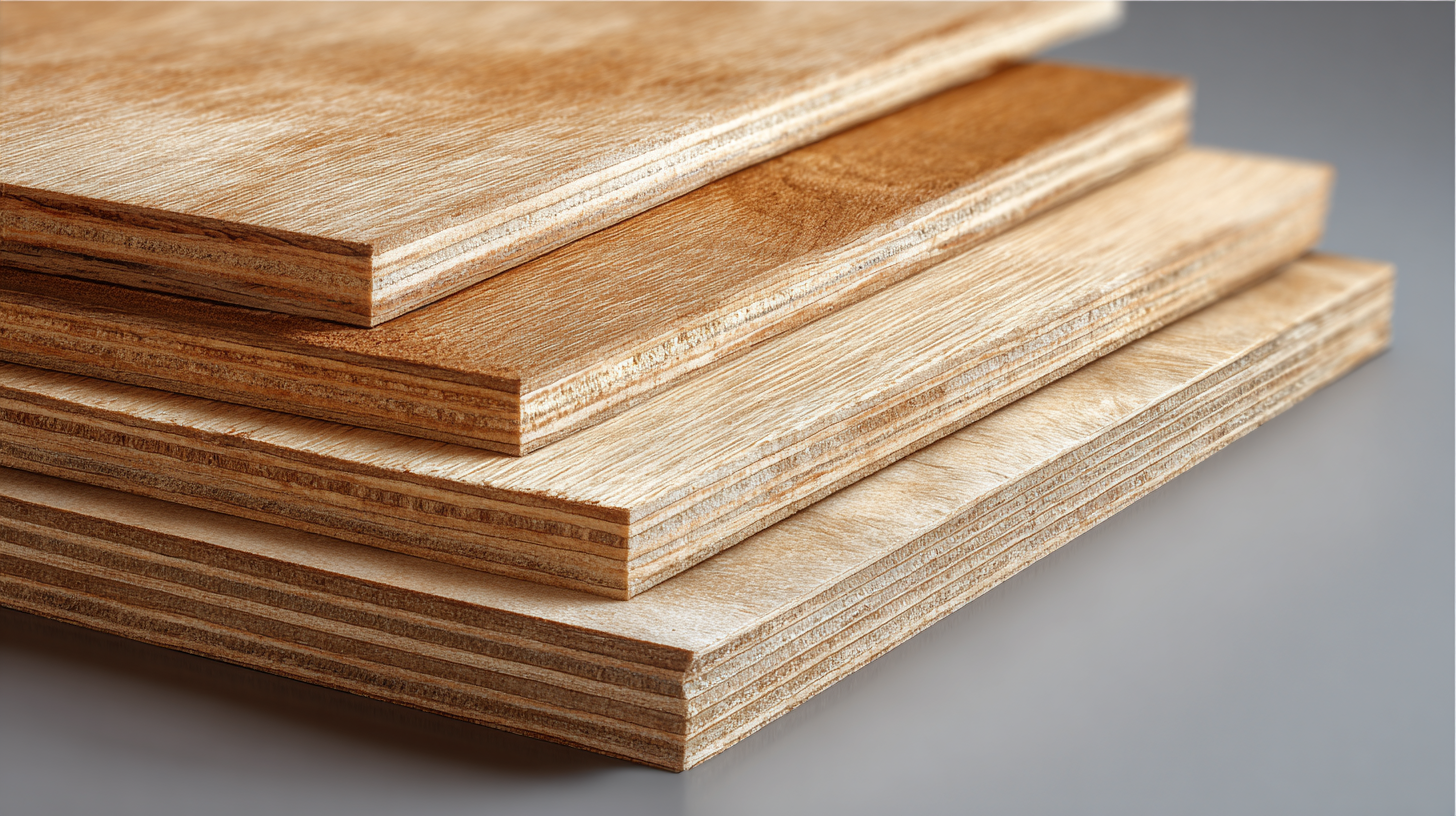
Additionally, consider the overall design and purpose of your cabinets when determining plywood thickness. A modern, minimalist design may benefit from the sleek profile of thinner plywood, enhancing the visual appeal without compromising functionality. On the other hand, traditional or more ornate cabinetry may require thicker plywood to accommodate richer detailing and added sturdiness. Always remember to balance aesthetics with practicality, as the right thickness contributes significantly to both the lifespan and the look of your cabinetry.
When choosing cabinet plywood, understanding plywood grades is crucial for ensuring quality and durability. Plywood is categorized under various grades, ranging from A to D, with Grade A being the highest quality. According to the Engineered Wood Association, Grade A plywood boasts a smooth surface with minimal imperfections, making it ideal for projects where aesthetics matter. In comparison, Grades C and D come with visible knots and defects, which may compromise both the look and structural integrity of the finished product.
The impact of plywood grade goes beyond appearance; it significantly affects the longevity and performance of the cabinetry. A study by Woodworking Network highlights that higher-grade plywood, such as A-B or A-C, exhibits improved resistance to warping and delamination, crucial factors in areas with fluctuating humidity. This resilience can extend the lifespan of cabinetry by years, making it a wise investment for homeowners and contractors alike. Therefore, when selecting plywood for your project, it’s essential to evaluate these grades closely, considering both the short-term aesthetic appeal and long-term durability.
When selecting plywood for your project, considering environmental factors is paramount. The plywood market is projected to reach $60.31 billion by 2030, indicating a rising demand for sustainably sourced materials. As consumers become more eco-conscious, choosing plywood from responsible suppliers can significantly reduce your project's carbon footprint. Look for plywood certified by recognized environmental standards, which ensures that the wood is sourced from sustainably managed forests.
Additionally, the long-term care of your wooden structures, such as decks and fences, is equally critical. Proper sealing can enhance longevity and aesthetic appeal, protecting the wood from harsh outdoor conditions. To maintain the beauty of outdoor wood year-round, using high-quality sealers is essential. This preventive measure not only preserves the wood's natural look but also contributes to sustainability by reducing the need for frequent replacements. Ultimately, the right choices in both material selection and maintenance can lead to a more environmentally friendly project outcome.
When embarking on a cabinet project, budgeting wisely for plywood is essential. Opting for affordable yet quality plywood can save you money while ensuring durability and aesthetics. Start by assessing your project's requirements and comparing various plywood types. Look for suppliers that offer competitive pricing without compromising on quality. Remember, investing in better materials upfront can lead to significant long-term savings.
One tip is to consider stock or semi-custom cabinets that use plywood, as they can often provide excellent quality at a reduced cost compared to fully custom options. Furthermore, don't shy away from researching alternative materials that may fit your budget better while providing the desired look and feel. Always check for discounts or bulk purchasing options to further stretch your budget without sacrificing quality.
| Tip No. | Tip Description | Plywood Type | Price Range (per sheet) | Durability Rating |
|---|---|---|---|---|
| 1 | Choose the right grade of plywood for your project | A-grade | $50 - $70 | Excellent |
| 2 | Consider plywood thickness for stability | 3/4 inch | $30 - $50 | Very Good |
| 3 | Evaluate the veneer quality for appearance | Veneer core | $40 - $60 | Good |
| 4 | Look into moisture resistance for longevity | Marine-grade | $80 - $100 | Excellent |
| 5 | Review the plywood’s formaldehyde levels | FSC certified | $60 - $90 | Good |
| 6 | Assess the plywood for warping | Luan | $20 - $35 | Fair |
| 7 | Select based on your cabinet style and finish | Birch plywood | $50 - $75 | Very Good |

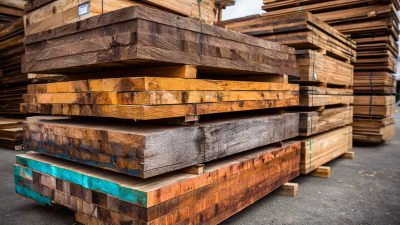
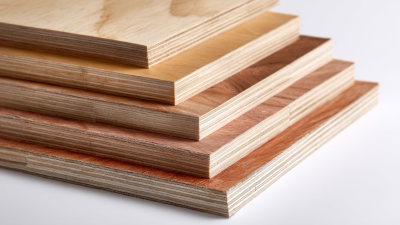




Signup our newsletter to get update information, promotion or insight.